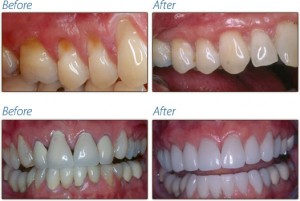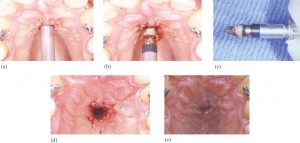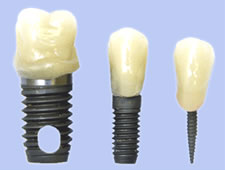
Connective tissue graft allowed to reestablish the gingival contour and architecture
Grafting has been used in Periodontal therapy and implants as a mean to reestablish the loss periodontal apparatus (alveolar bone, periodontal ligament, and cementum). Connective tissue graft also allowed to reestablish the gingival contour and architecture for the harmony and esthetic of the smile. In the past, these procedures can be enhanced by the use of membrane as the physical barrier to prevent epithelial and tissue migration in the graft site which may lead to contact inhibition of bone cell migration. Today, another breakthrough in the surgical procedure is the use of autologous platelet rich plasma (PRP) to improve surgical outcomes by accelerating the body’s natural healing process. Continue reading →
 One of the limitations of using implants for orthodontic anchorage is having adequate bone. Conventional root-form implants require adequate thickness of bone for placement, thus limiting their use to edentulous areas. Several authors have reported the midsagittal area of the hard palate as a suitable site for a short implant. Continue reading
One of the limitations of using implants for orthodontic anchorage is having adequate bone. Conventional root-form implants require adequate thickness of bone for placement, thus limiting their use to edentulous areas. Several authors have reported the midsagittal area of the hard palate as a suitable site for a short implant. Continue reading 
